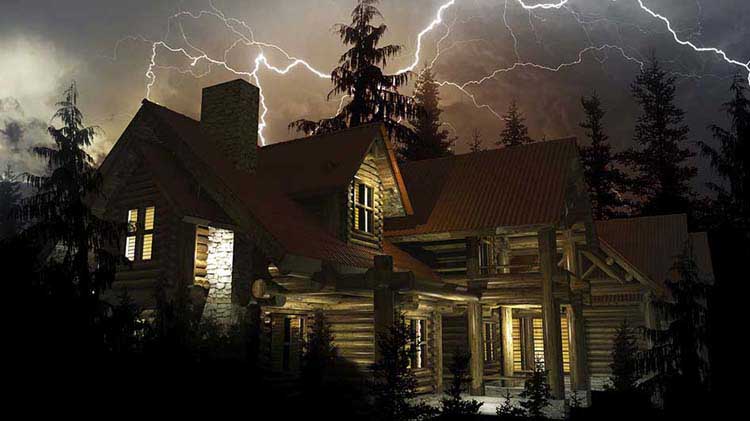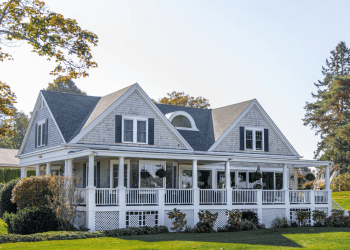It is tough to predict when severe weather will strike in your area. But you can prepare for whatever might happen when you look at how you can secure your home from a storm or other severe weather threat. These points are useful if you’re in an area prone to tropical systems or other significant problems. You can use many points to help you in getting severe weather conditions under control without worrying about how well your home can respond to weather.

Seal Entry Points
The first tip to follow involves sealing the windows, doors, and other entry points around your property. Intense wind can push your home upward and allow heavy rains and other things to enter your home if it isn’t sealed well enough. The problem is worse when tropical systems enter and become increasingly dangerous and harmful to everyone.
You have to add seals to your windows and doors to ensure outside air won’t be likely to enter these spots. It becomes harder for winds and other conditions to push your home around when you have proper seals. You can also ask red owl roofing contractors to add new seals and securing features around the ends of your roof to prevent parts from sliding off or tearing.
Install Steel Doors
You can also install steel doors around your property to prevent them from breaking apart. Most traditional doors may not have as much structural support as a steel model. Others might be weak to where they can be harmed by hail, intense wind, or floods. A steel door with a secure seal will prevent these threats from being a burden.
Maintain Your Yard
You also have to check on how well your yard looks and that everything around your property is secure. You have to trim your trees to prevent excess growths from breaking off and harming your property. Any bushes or other features surrounding your home should also be trimmed to prevent them from damaging and scraping your building.
Tie Down Other Things
You might have various things outside your home like a grill, some toys, trash cans, or floral items. These can blow around your home and damage your siding, windows, and other things if intense winds blow them around. They could also be damaged by floods.
The best idea is to move these items indoors in a secure spot. Your garage should have enough room for most of these items. You can anchor and tie down other items that you cannot fit inside your garage. These include items that are too large, like a playground set, an outdoor pool, or a shed.
Add Vents and Pumps around Your Foundation
A flood can damage the foundation of your property. Water may leak into the basement and other low-lying parts of your home.
You can prevent this problem by adding vents around the foundation. These include items that will collect water and redirect it from your property. You could also add a sump pump that clears out excess water that appears around your home.
Install Storm Shutters
This next part of protecting your home is for when you might bear with tropical systems and other conditions that produce intense rain and wind. Storm shutters can protect your doors, windows, and other entry points.
You can use metal storm materials or marine plywood to protect your home. These items should completely cover your openings and have a few inches of extra space at the ends for additional protection. You might have to use additional nails and other adhesives to securely connect these features without them slipping off or wearing out.
Replace Your Siding If Necessary
The vinyl siding around your property might not be something that you think about with your home, but it can come apart in a storm if it’s too old. An older siding body might tear apart if it is a few years old, especially if you see faded spots. The adhesives necessary for keeping the siding together might wear and become loose after a while.
You can replace the vinyl siding around your home if it is old enough. Most vinyl materials will last for about ten to twenty years. Replacing your old items is best for when you’re going to protect your property here.
When Should You Plan These Things?
The final point to see is when you need to plan your home safety measures. It helps to practice these before a weather emergency. You can test how well you can tie down items or secure storm shutters beforehand. You can also ask a professional to assist you in installing seals, vents, and other features.
Preparing for a weather concern well before it happens always helps. You will understand what is necessary for your property before anything dangerous might occur around your property.







